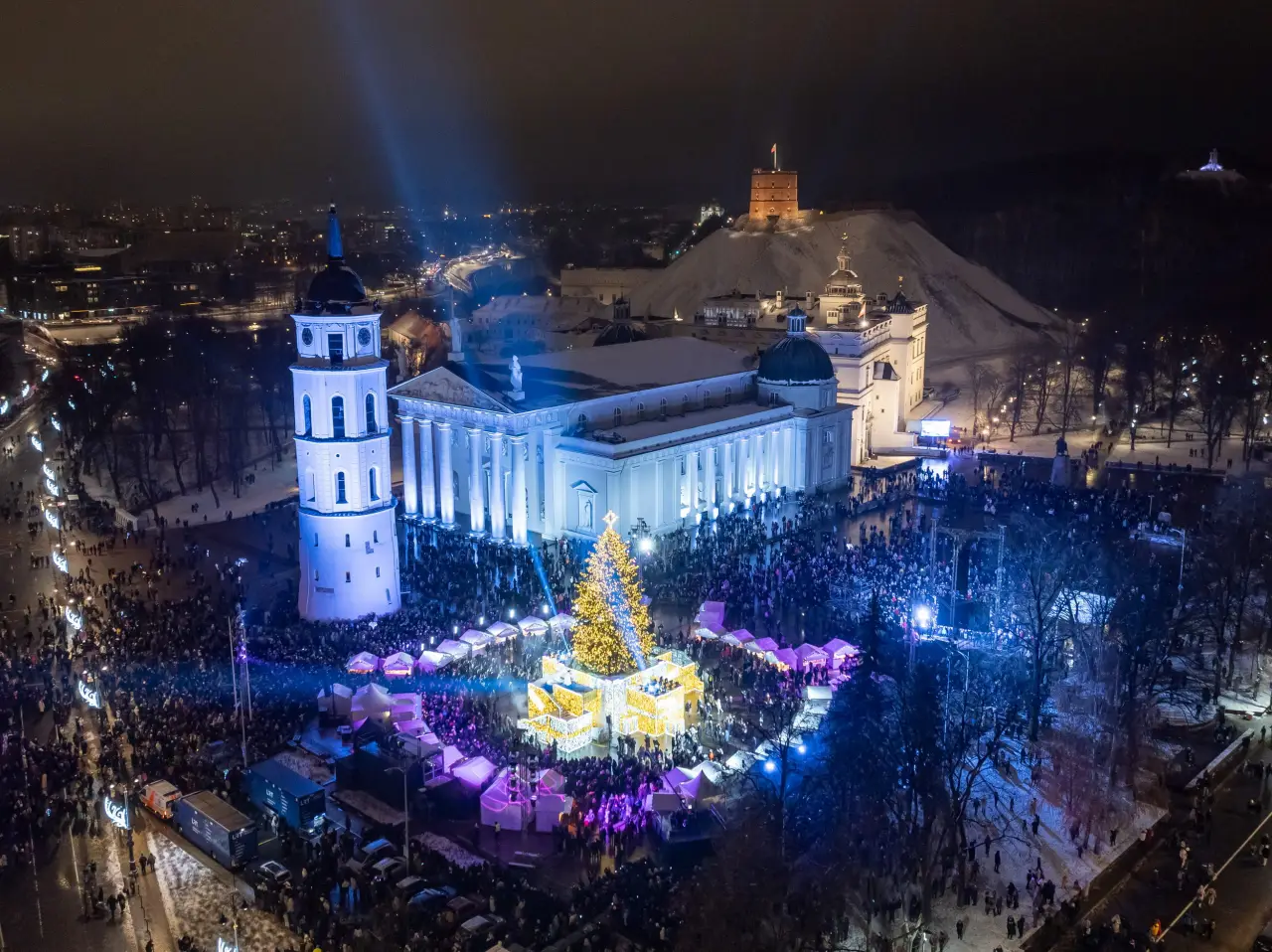Looking for a stargazing experience like no other? Texas is a fantastic destination for anyone who wants to see some of the biggest and brightest stars in the sky.
On the horizon, a total solar eclipse will take place over Mexico, the United States and Canada on April 8, 2024. This major astro-tourism event is being referred to as the “Great North American Eclipse” and will be the first total solar eclipse visible in the U.S. since Aug. 2017.
Texas will offer prime viewing for the total solar eclipse with some of the longest durations of totality (the time of eclipse). Some areas will experience more than four minutes of totality, nearly twice the duration of totality as the 2017 eclipse. A map of the eclipse’s path through Texas is available here.
From remote camping spots to observatories, the Lone Star State offers plenty of opportunities to marvel at the wonders of the universe. In this article, we’ll explore some of the best places in Texas to see the stars and learn more about this fascinating hobby.
Big Bend National Park
Bordering the Rio Grande River in the remote reaches of West Texas, Big Bend National Park is an outstanding destination for stargazing. (See hotels nearby) An International Dark Sky Park renowned for its hiking and backpacking trails, Big Bend National Park is a haven for stargazers looking to see meteor showers, constellations and the Milky Way. The park’s great distance from major urban centers renders the skies over Big Bend the darkest of any national park in the lower 48 states.
{mp4}McDonald-Observatory{/mp4}
Photo Credit: Richard Acosta
McDonald Observatory
Two hours north of Big Bend National Park in Fort Davis, the McDonald Observatory is a must-stop for astronomy enthusiasts, thanks to its four high-powered telescopes, daily tours, weekly star parties and special viewing nights.
 Dripping Springs – Photo credit: Richard Acosta
Dripping Springs – Photo credit: Richard Acosta
Dripping Springs
Located north of San Antonio and west of Austin, Dripping Springs became the first International Dark Sky Community in Texas in 2014. The city keeps light pollution low, in part, to help protect the area’s bird migration patterns. Visitors can sit back and enjoy the stars’ illuminating glow or participate in area night sky programs, including programming at Westcave Outdoor Discovery Center, Pedernales Falls State Park and Milton Reimers Ranch.
Enchanted Rock State Natural Area
An International Dark Sky Park named for its giant pink dome rising from the topography, visitors to Enchanted Rock State Natural Area will be mesmerized by the rural night skies. With a telescope, adventurers can marvel at far-away galaxies and planets, stars and constellations. Just south of Enchanted Rock State Park, Fredericksburg received its designation as a Dark Sky Community in 2020. The town, located between Austin and San Antonio, is home to rich German heritage and is considered the epicenter of Texas’ Hill Country wine region.















